※This article is a reprint of a travel essay originally posted on note on May 24, 2025.
It continues from the middle of my trip through Italy.
Rome was too loud for me—too alive, almost suffocating—so I decided to head for Vatican City instead.
The Uber driver taking me to my destination couldn’t read my name in kanji, laughed and said, “I can’t call your name, my friend, but I’ll take you to the Vatican! HAHAHA!”
His cheerfulness was infectious. During the thirty-minute ride, he pointed out various landmarks.
When I saw a massive temple-like building and asked, “What’s that?”, he suddenly yelled, “Justice!”
For a moment I thought he was making some grand moral statement—but later I learned that the building’s actual name was Justice. Fair enough.
After such a delightful ride, we arrived.
Thanks for the lift, ciao!
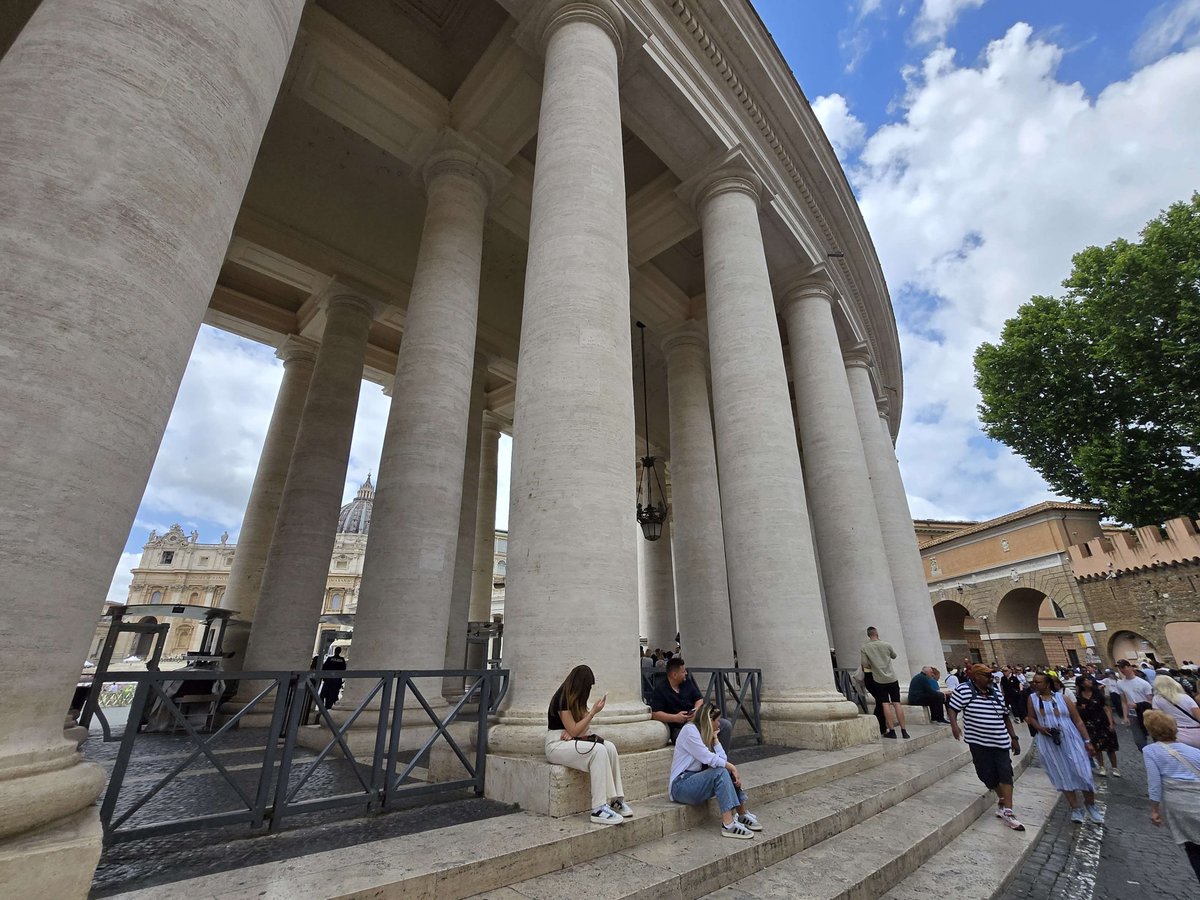
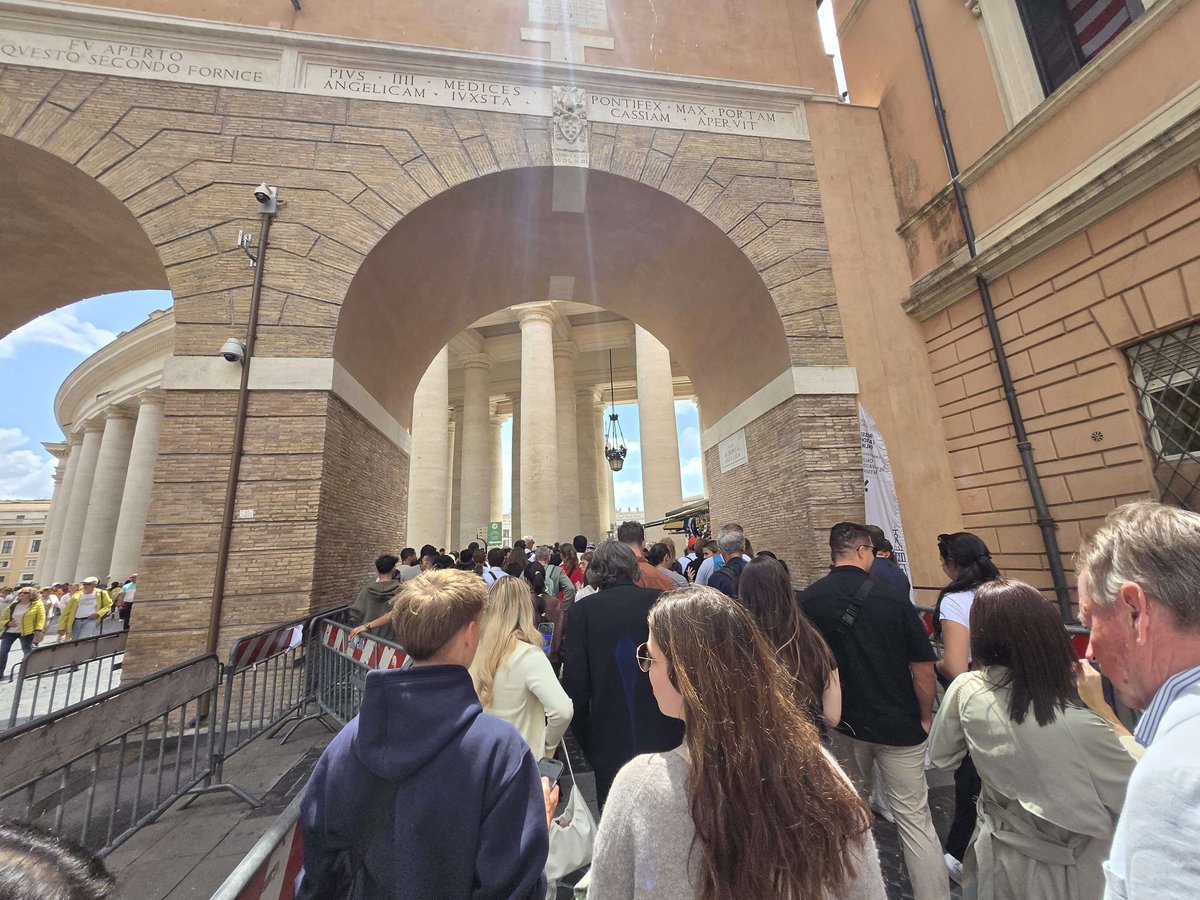
Even on a weekday afternoon, the line was long. There was a quick bag inspection, but the staff were used to it; the crowd flowed smoothly and politely. I didn’t mind the wait—after all, everyone here was on the same journey, to bow before the same God.
And even if someone did pick my pocket, I thought, the atmosphere was so holy I might just say, “Oh no, that wallet? I gave it to him as a gift.”
Yes, there were still suspicious souvenir sellers lurking near the border of the Vatican, but compared to the chaos of Rome, they were practically charming.
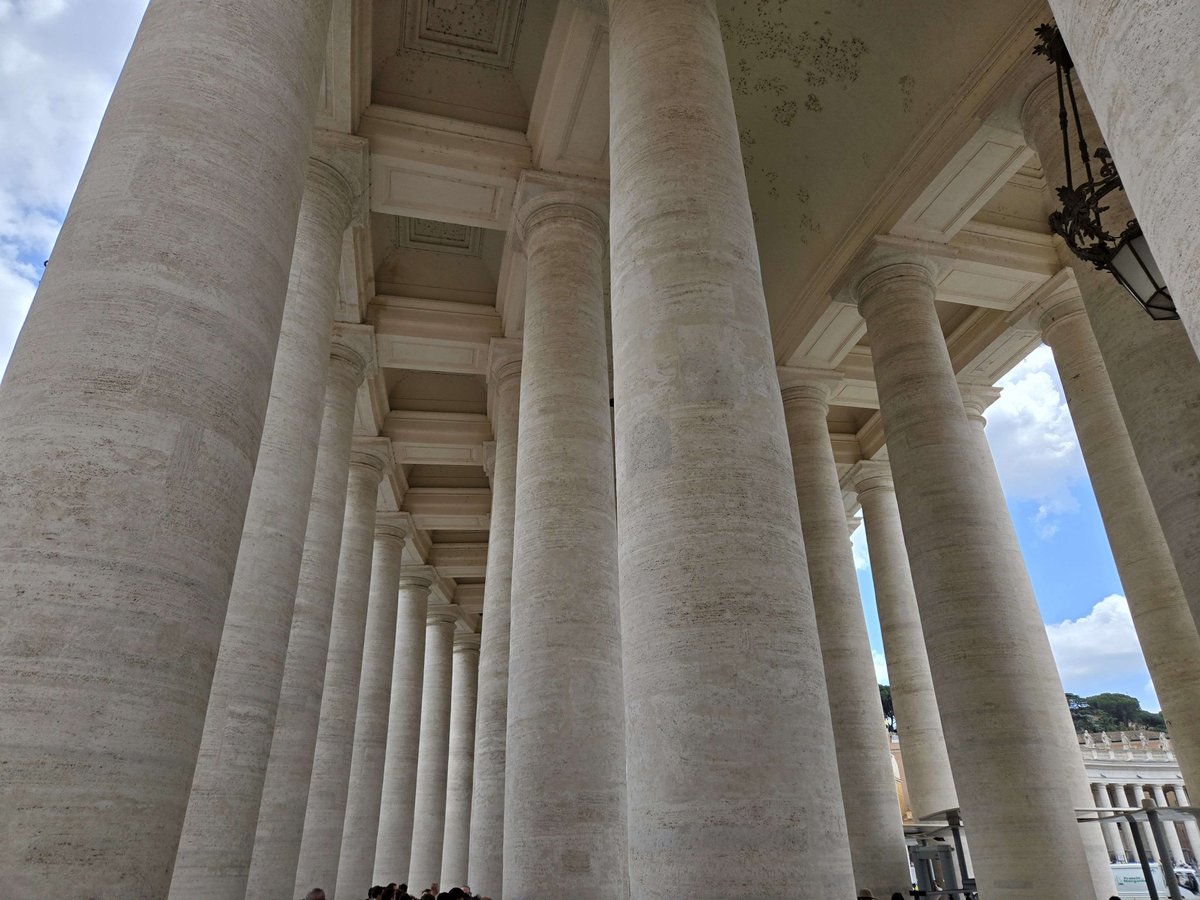
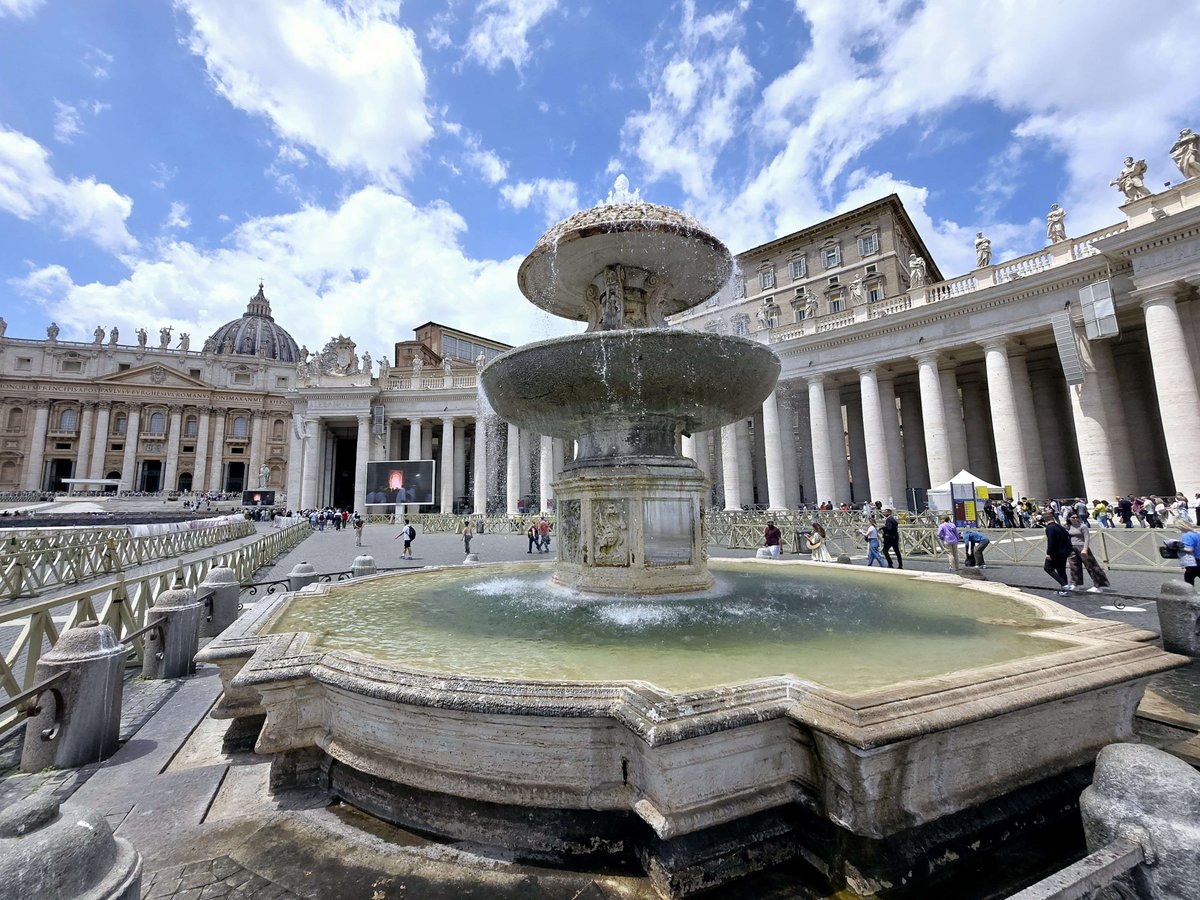
How magnificent.
Never before had my vision been filled so completely with white.
Not the natural white of snow from my flight over the Alps, but an artificial sanctity—a human-made whiteness of solemn devotion.
This was worth coming to Italy for. Truly.
The beauty here isn’t the kind of technical or modern design that architects chase—it’s the pure, direct embodiment of faith itself, carved into stone.
Any devout pilgrim who reached this place could feel salvation simply by standing here. It’s kind.
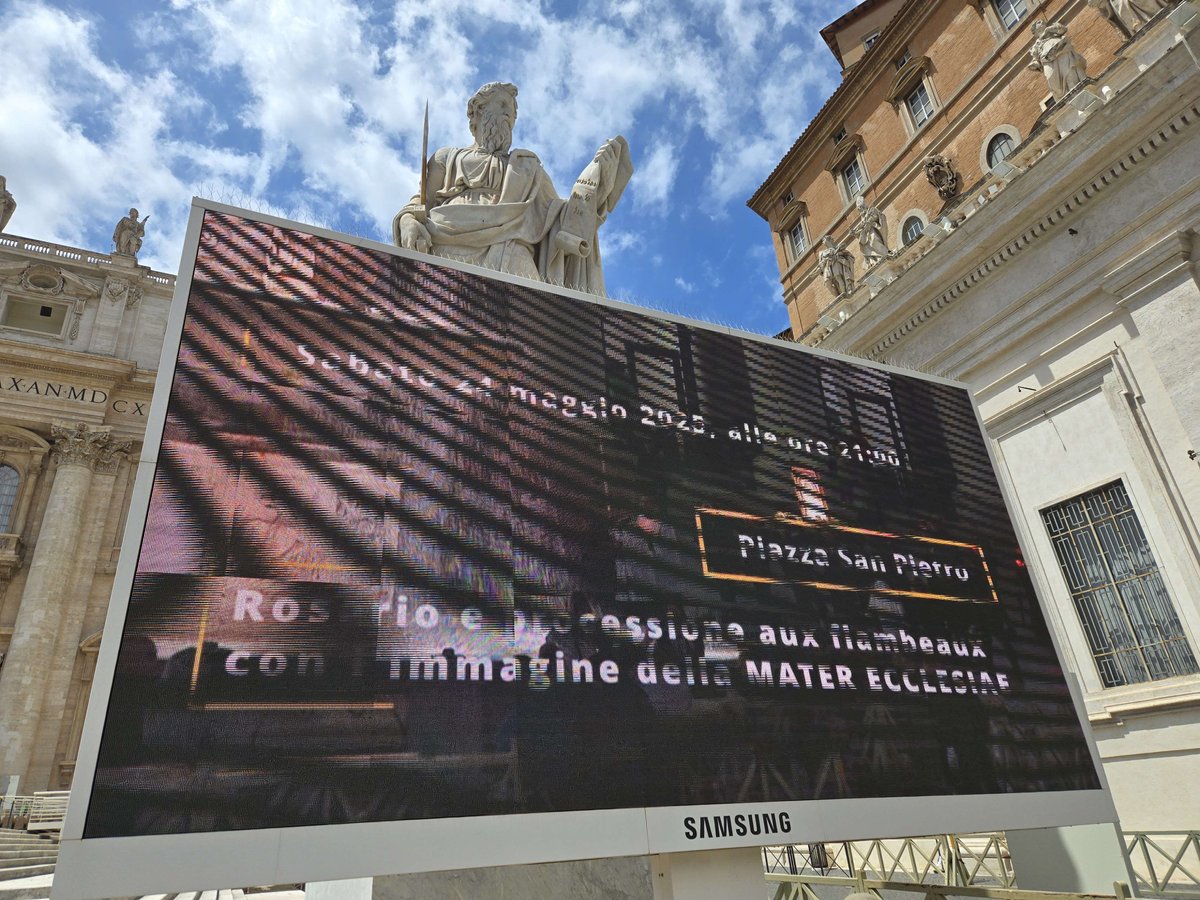
Even the Vatican has digital signage—an electronic board announcing the next Sabbath service.
Some locals might glance at it and think, “Oh, there’s a Sabbath this weekend. Maybe I’ll go.”
It’s hard to imagine that kind of casual holiness existing in Japan.
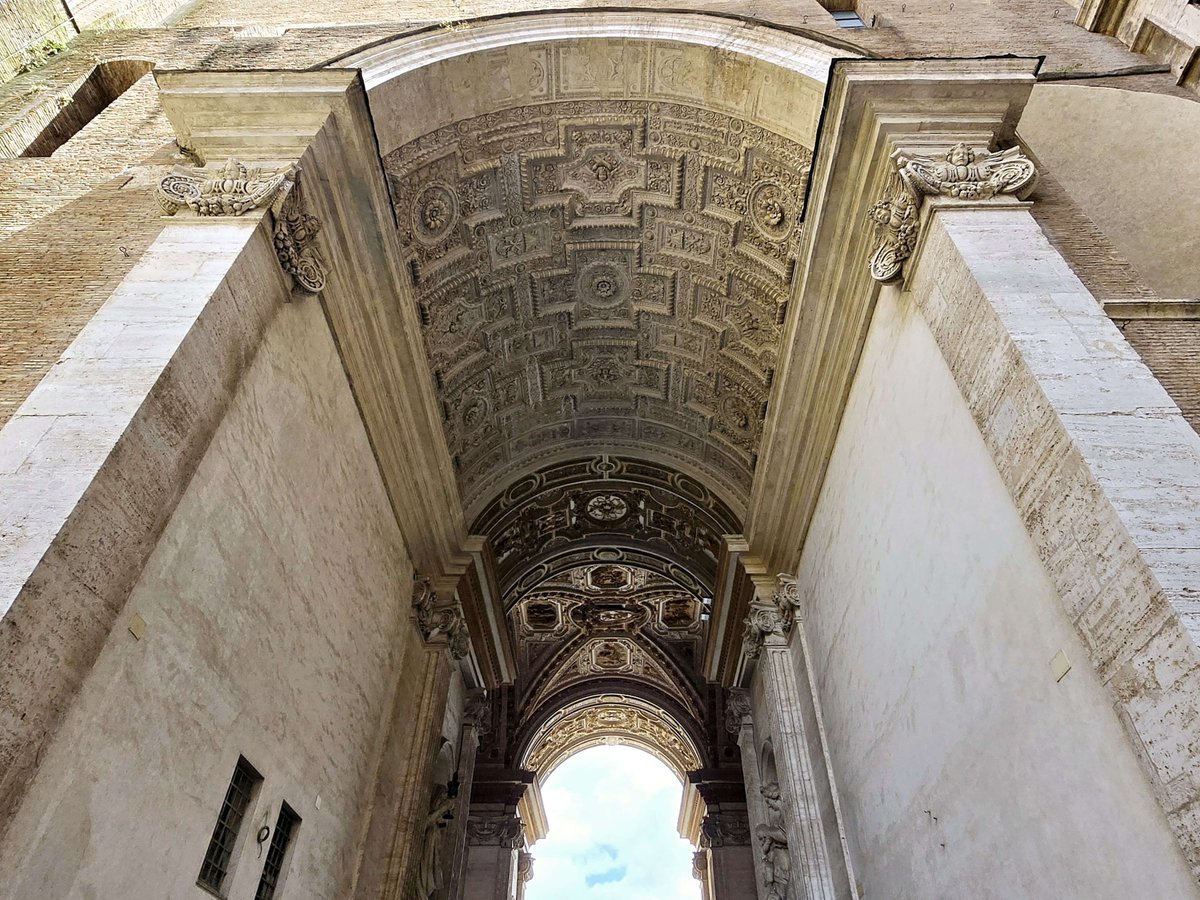
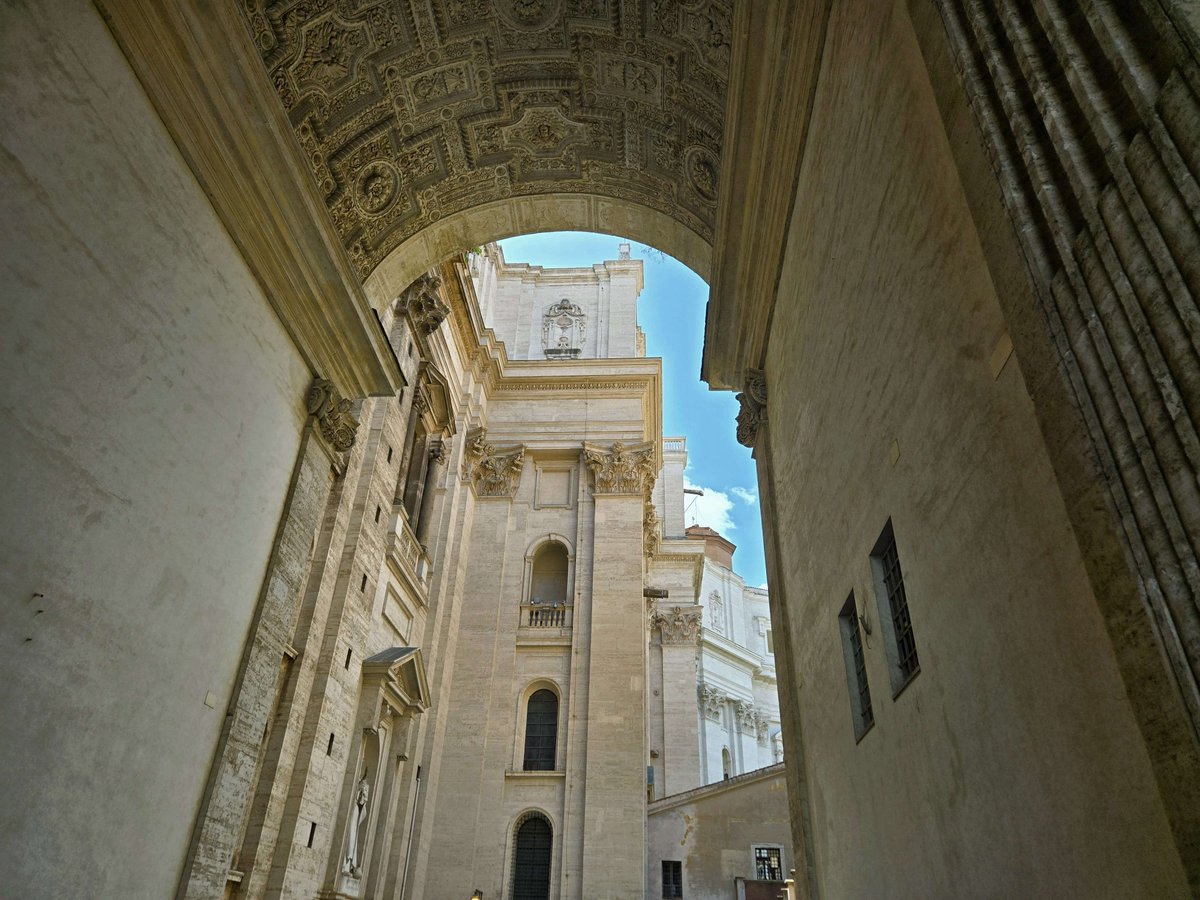
Passing under the grand gates, I walked into what might be the closest place to heaven on Earth.
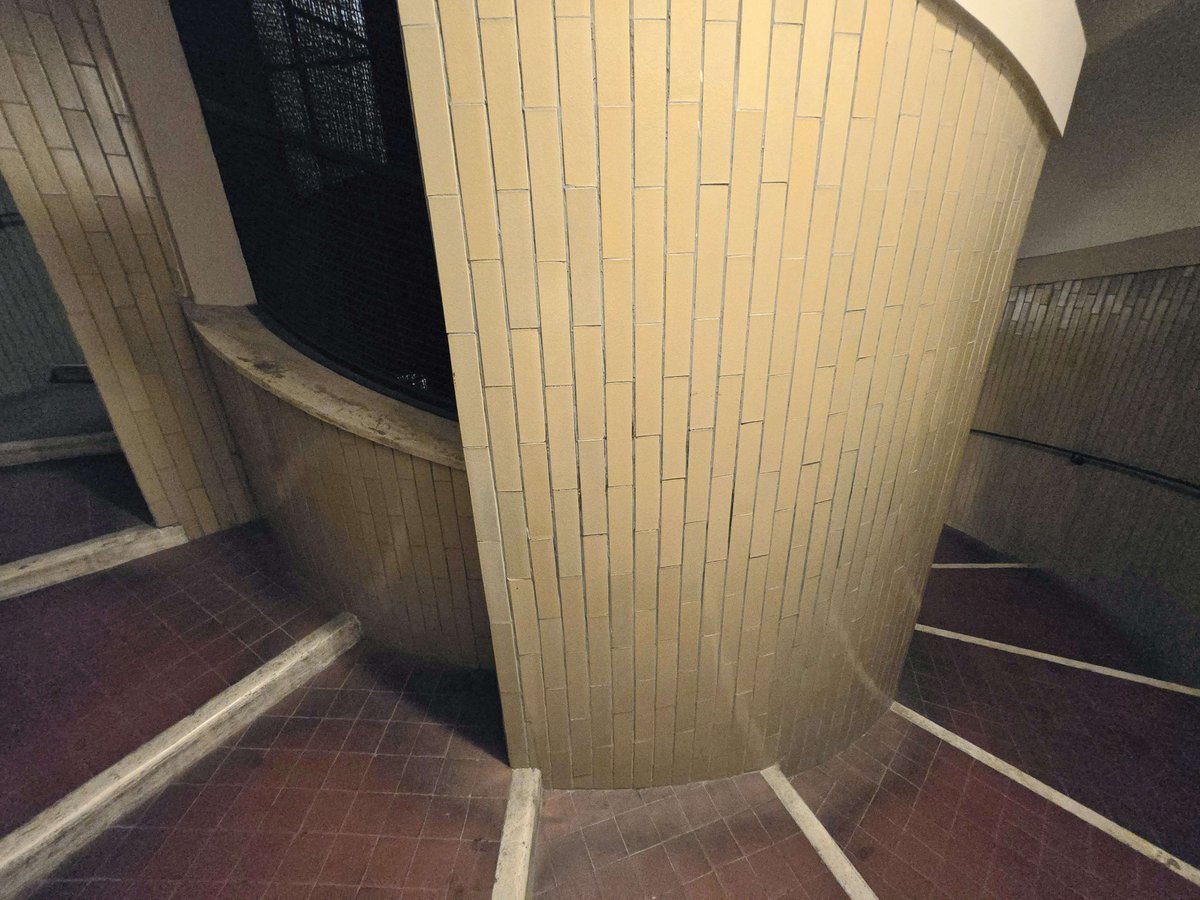
Passing under the grand gates, I walked into what might be the closest place to heaven on Earth.
I decided to climb to the rooftop, but the elevator ticket was expensive, and I thought—if there’s a staircase to heaven, shouldn’t I climb it on my own two feet?
Few people took the walking route, which made it peaceful.
Now and then, elderly couples paused on the steps to rest, gasping for breath. It felt like a Hunter Exam, watching people gradually drop out on their way to paradise.
It took about ten minutes, I think. In comparison, the castles in the Czech Republic might have had steeper climbs.
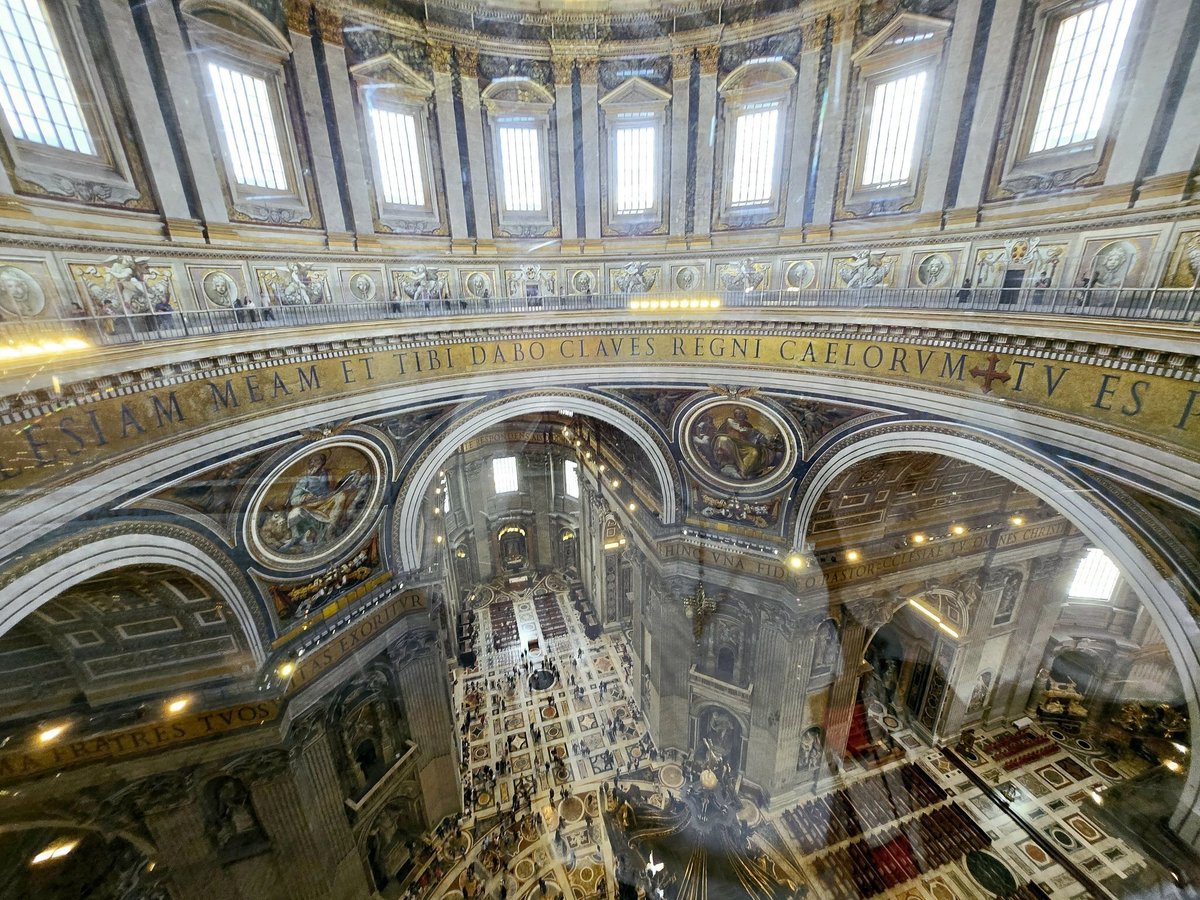
The view from the corridor was dazzling.
A little girl suddenly burst into tears. For a moment, I wondered if she was crying because she’d realized that even at the highest place on Earth, it still wasn’t heaven—or perhaps because she couldn’t quite believe such a place existed.
But no—she was simply afraid of heights. She wanted to go home.
I'll get off too.
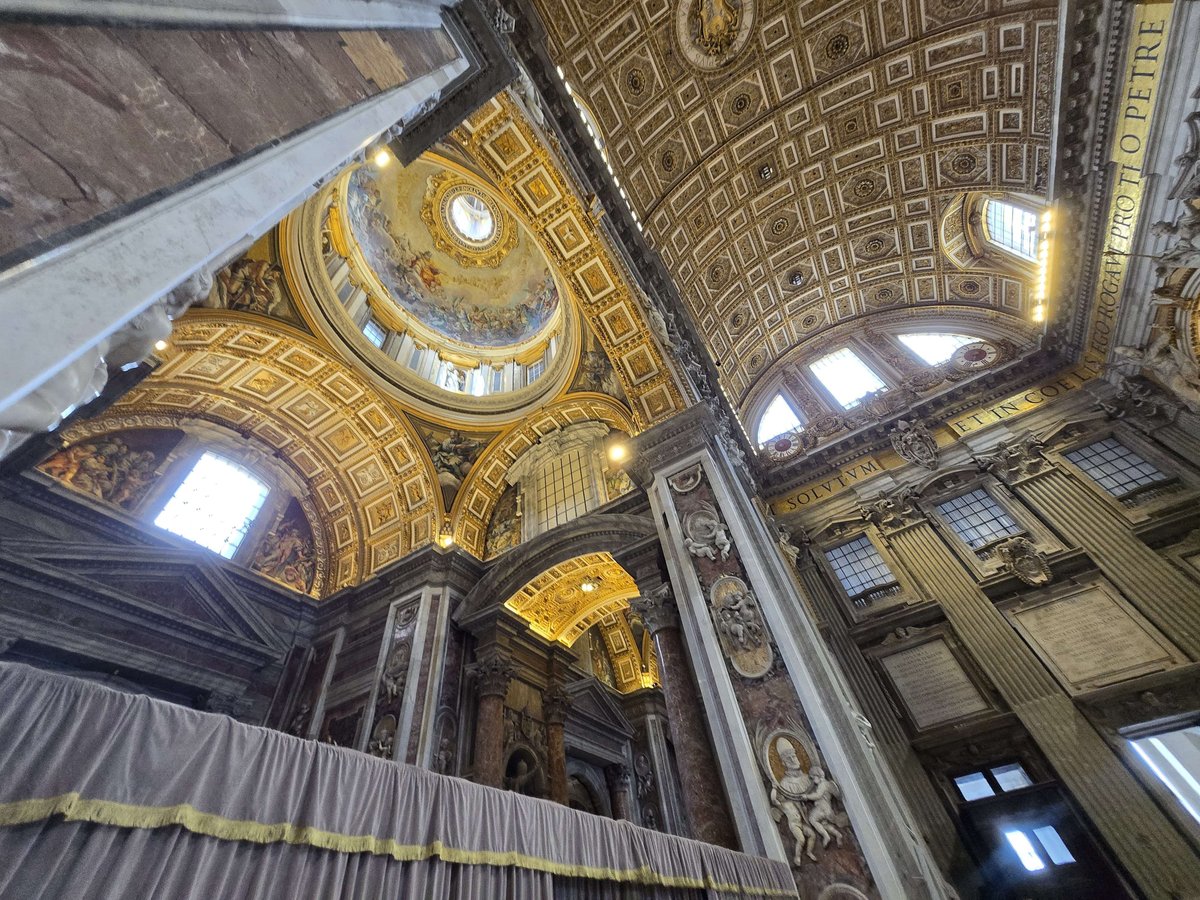
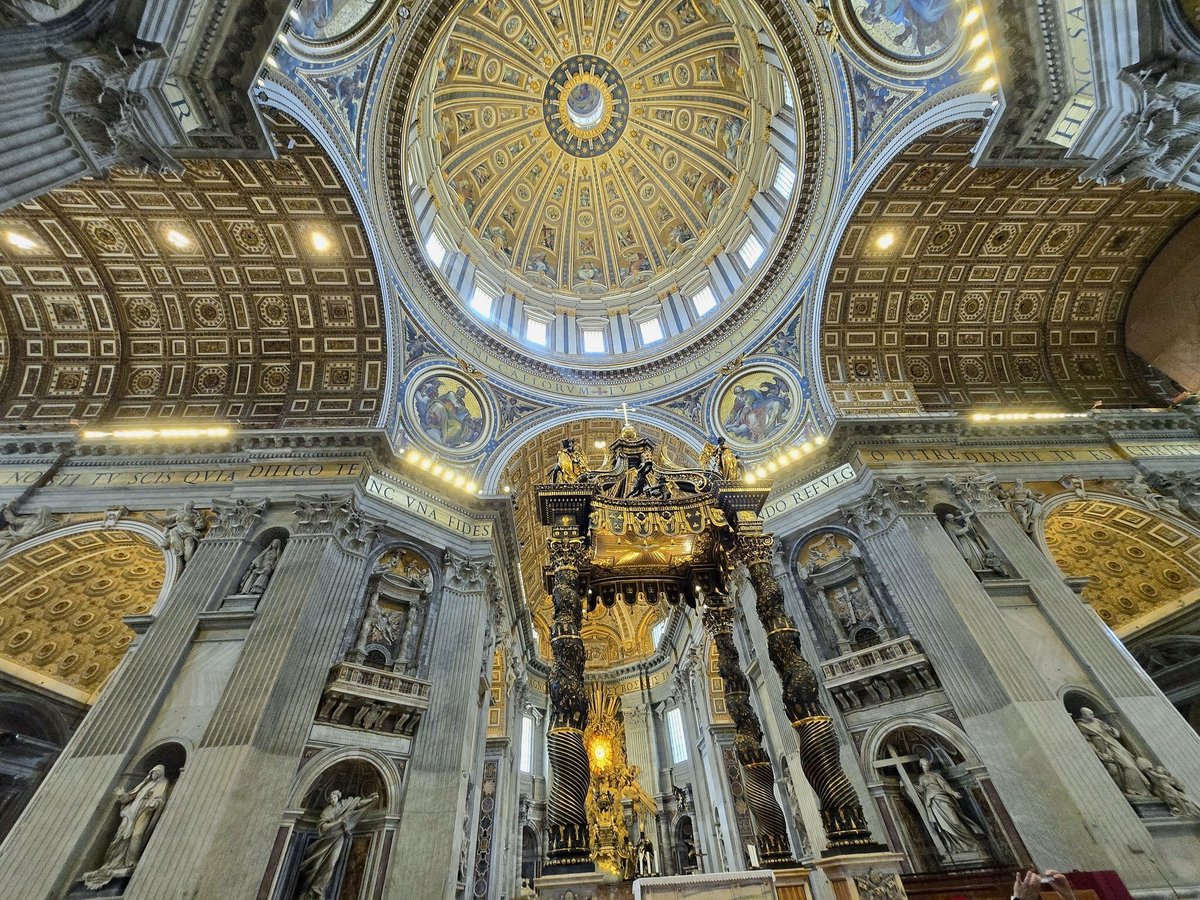
This sacred space has saved countless souls.
I dislike how some Japanese, in their so-called “secularism,” mock religion by questioning the existence of God.
To me, the essence of religion lies not in theology but in humanity’s capacity for faith and beauty.
To believe in God, to spend decades building something divine for the sake of lost believers—that creative devotion itself is holiness.
Whether or not God exists doesn’t matter.
The Vatican itself is proof of the miracle of humanity.
Even if there’s no God, even if no judgment awaits us after death—
the strength and beauty of humankind undeniably exist here.
This building was not made by God—it was made by people.
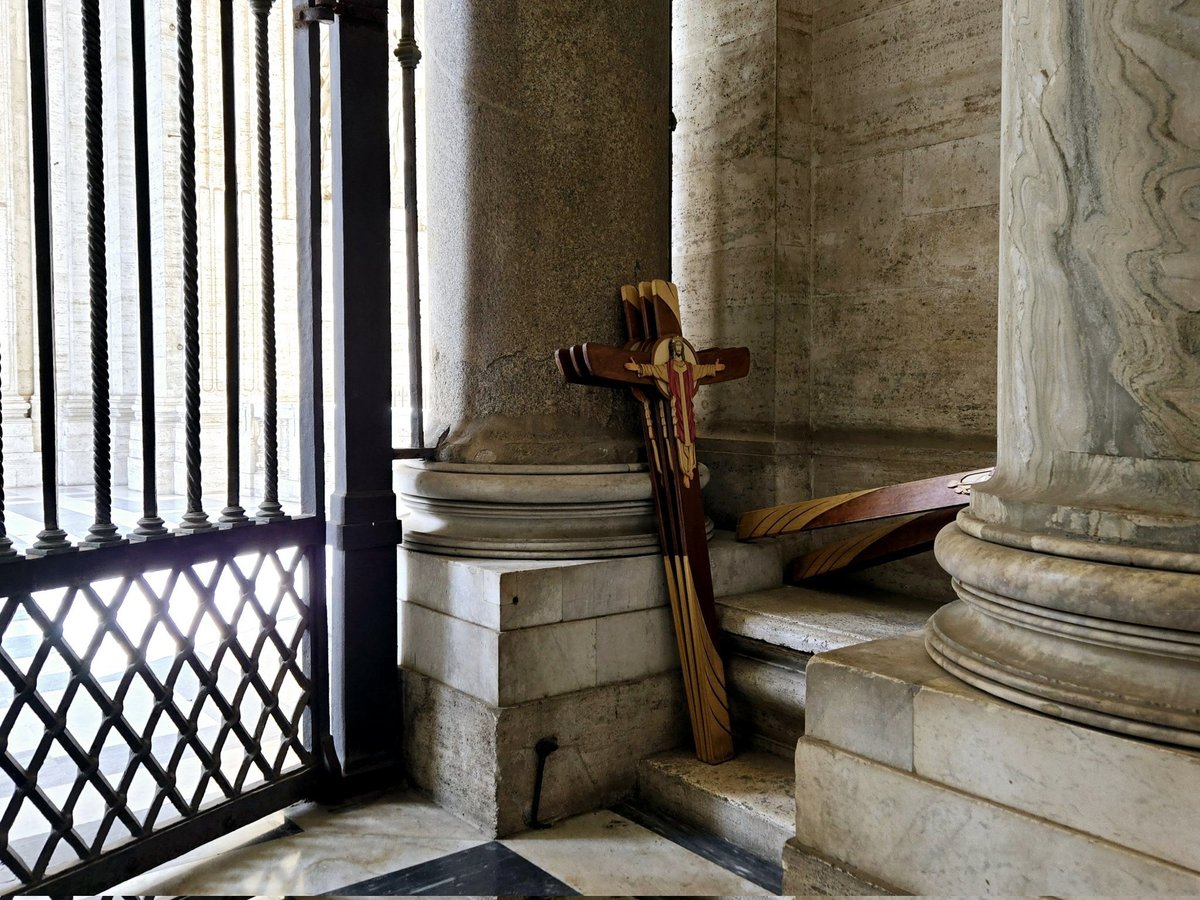
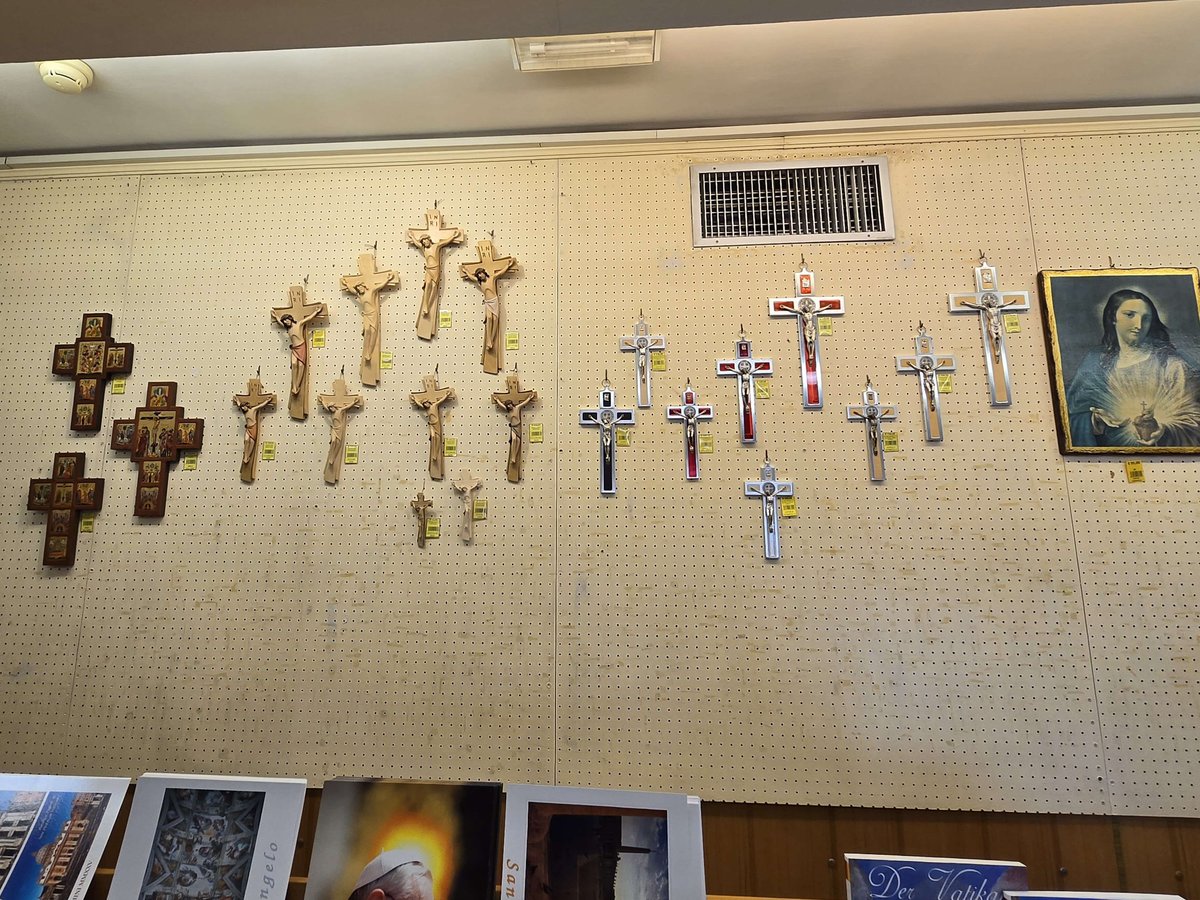
Well… there were still some odd sights.
Rows of crucified Christs displayed on the souvenir shop wall, extras left in the shadows.
The bond between religion and commerce is inseparable—and fascinating.
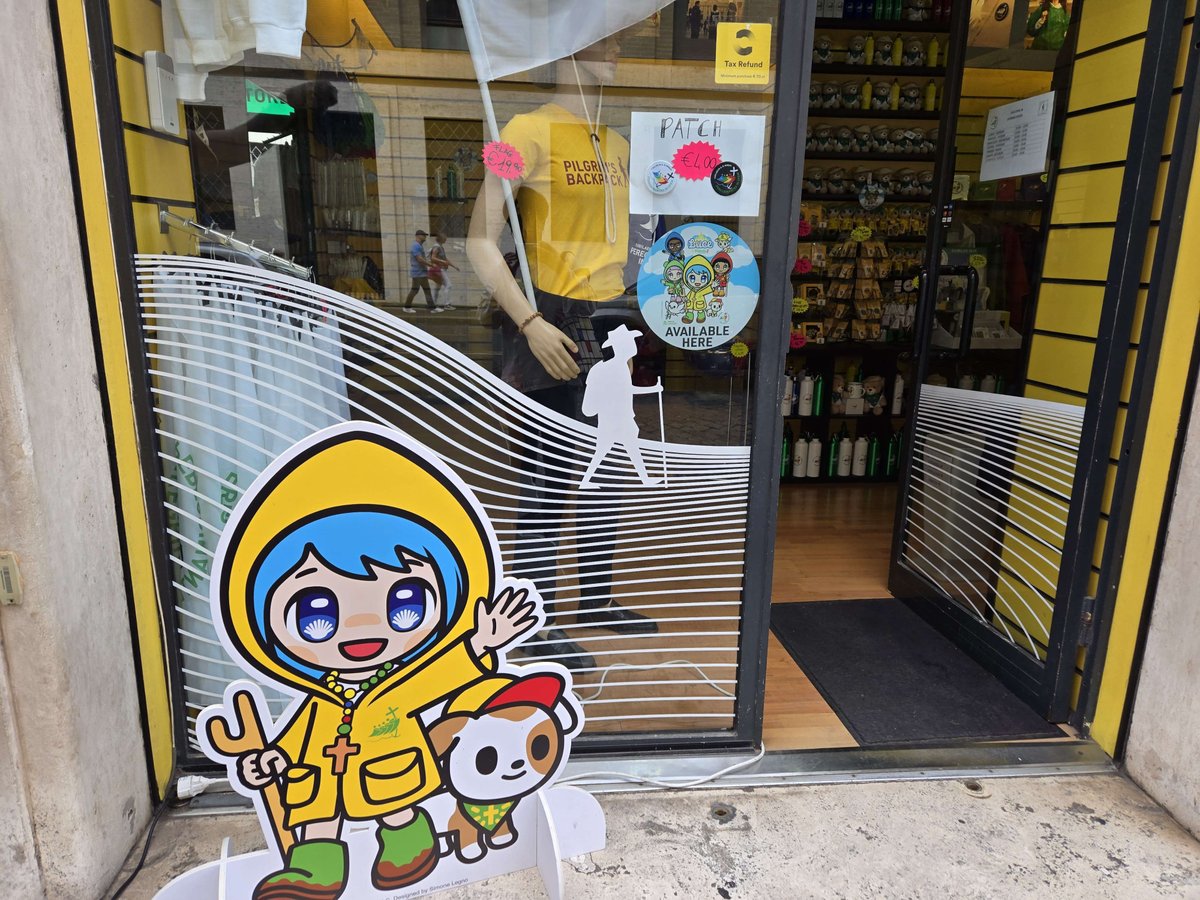
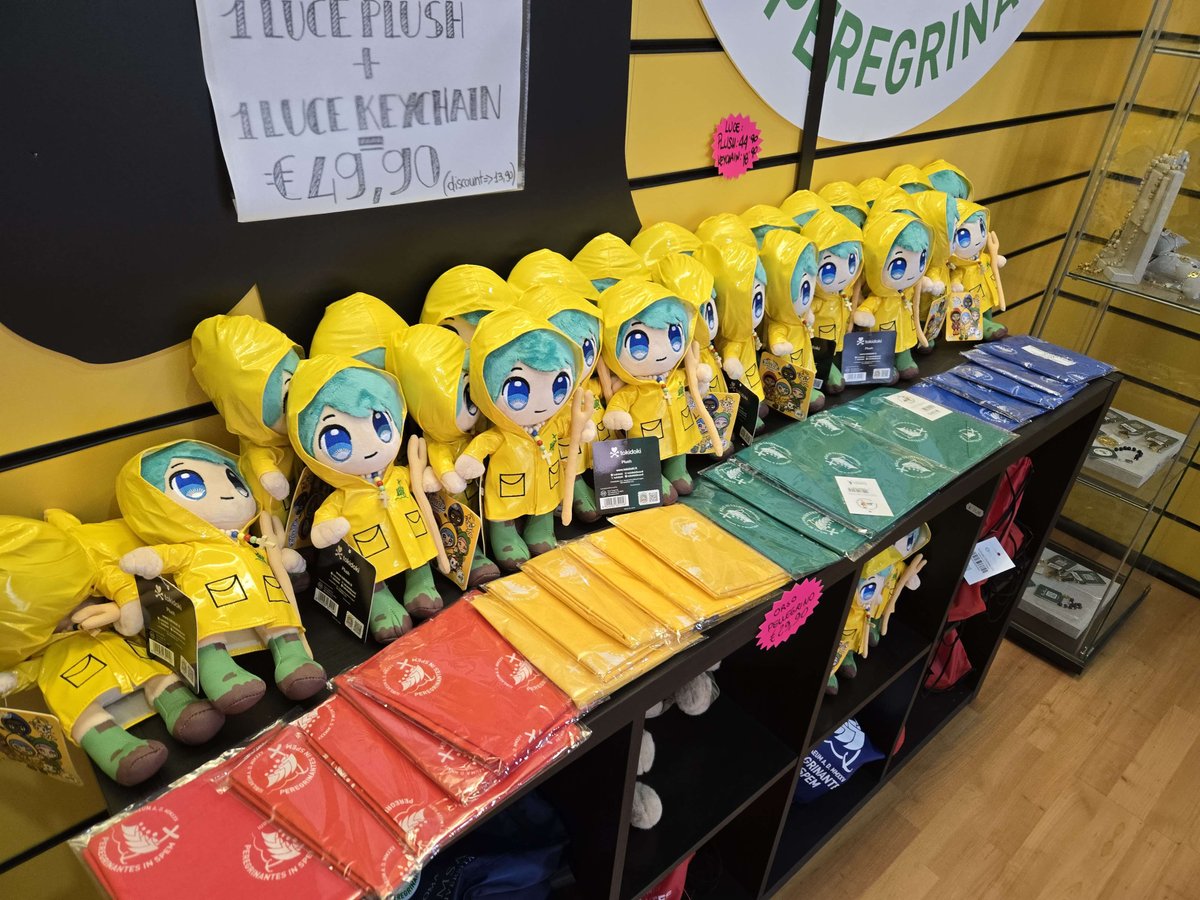
This is Luce-chan, the mascot pilgrim of hope for Vatican City.
I wonder if she can really carry the image of the Vatican into the future.
Now, back to the cathedral.
The one thing I came here to see above all else was the Pietà.
I’ve seen it in museums before, but I had to see the Pietà—Michelangelo’s, here in St. Peter’s—with my own eyes.
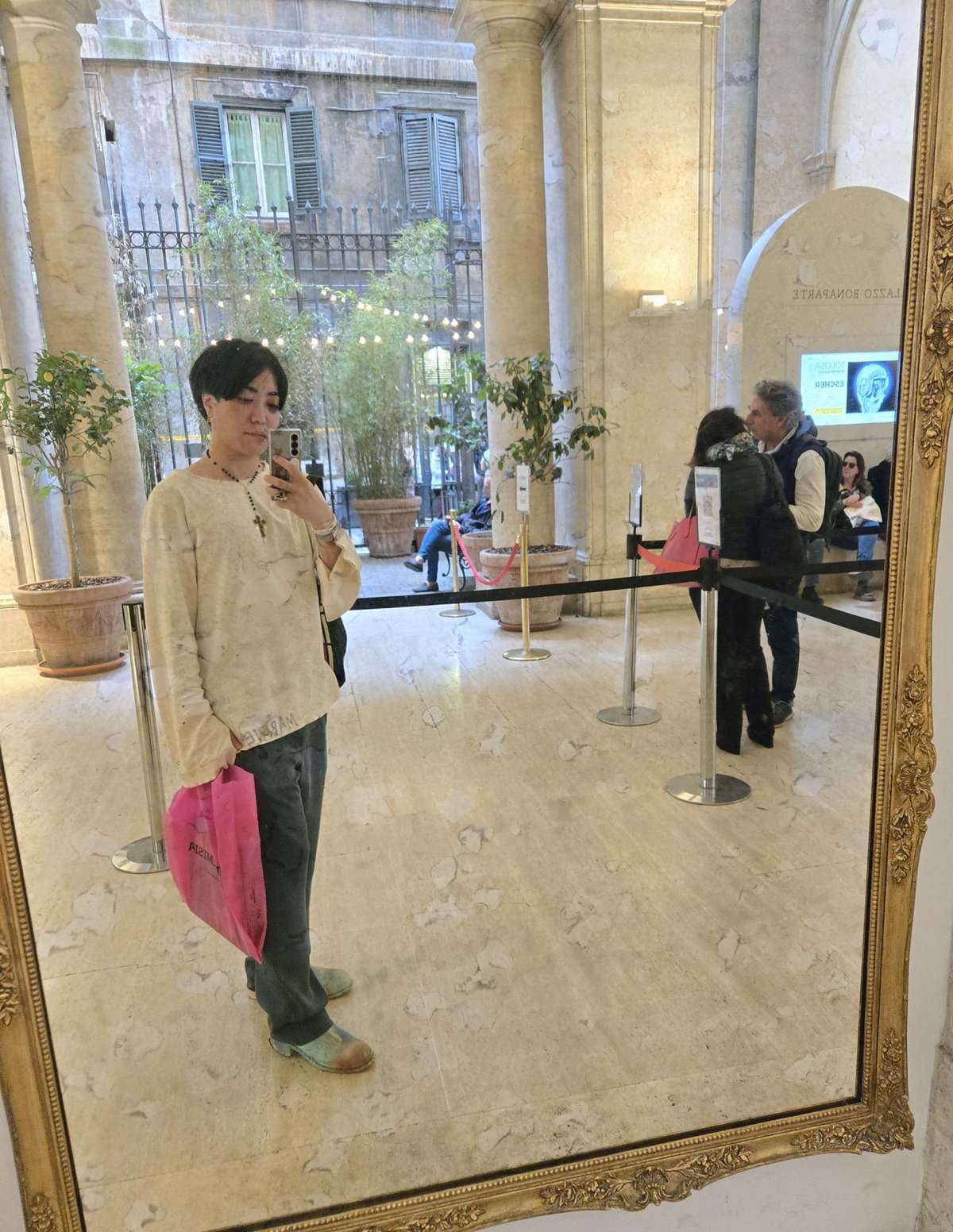
When I asked a passing priest, “Where can I find the Pietà?”, he looked at me—Japanese, wearing a rosary—and must have thought I was an unusually devout pilgrim. He kindly guided me to it, even gave me a small blessing.
It reminded me of how, when I visited Rietveld’s architecture in the Netherlands, locals treated me with the same gentle reverence. Maybe I am more sincere wanderer than I think—
At last, I reached it—the summit of my journey.
Michelangelo’s Pietà.
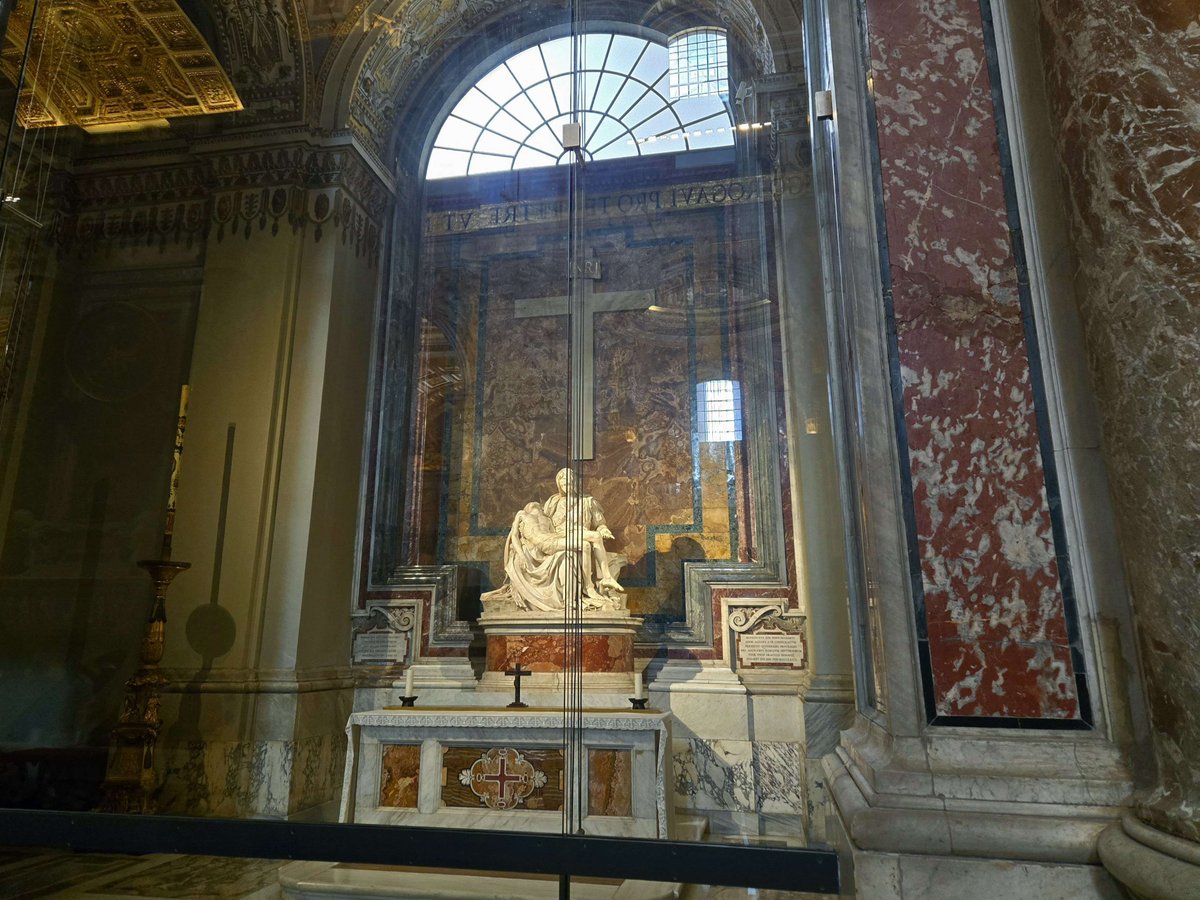
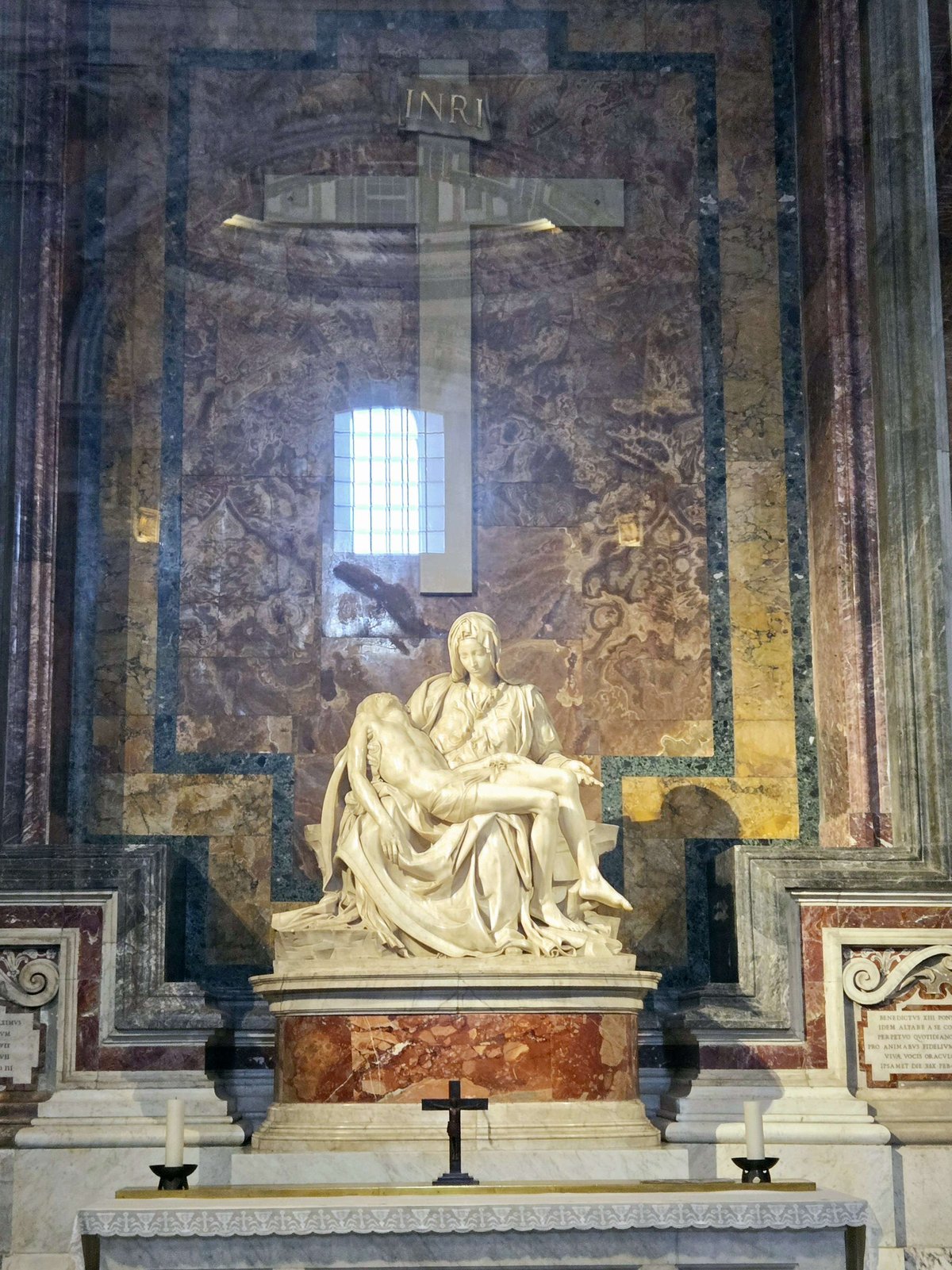
彫刻の芸術性に美を捧げてきたイタリアで、ミケランジェロのピエタを見た。
その静謐を眺めているうちに涙が溢れる。
As I gazed at it, tears began to fall.
I’d never cried before a sculpture. Why was I so moved by this piece?
Was it Christ’s suffering?
No. It was Mary.
The Pietà is a mother and her son.
I was crying for the motherly tenderness of Mary holding Christ in her arms.
I realized that I was overlapping it with all the “kindness of mothers” in this world—including my own mother, who raised me by herself.
If I stood here any longer, I might never move again.
I forced myself to walk on.
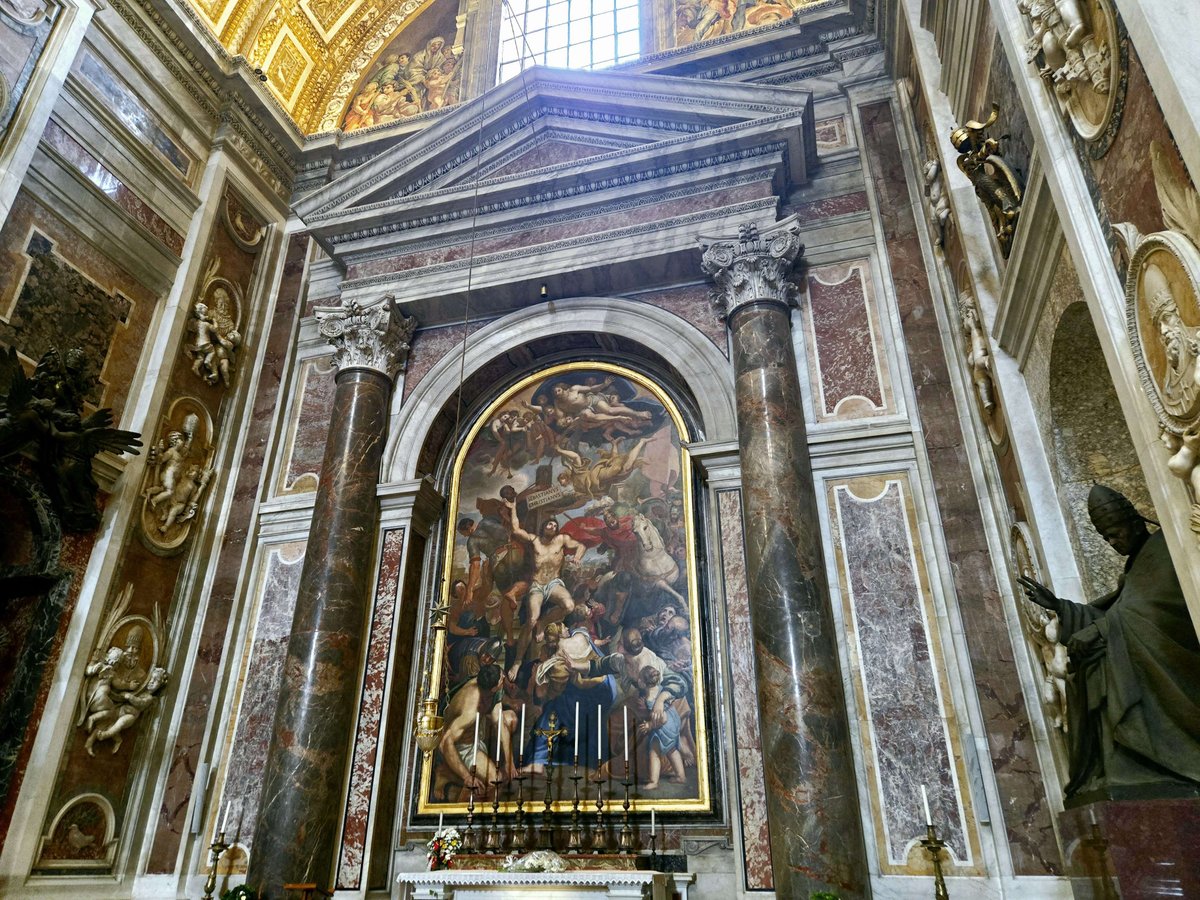
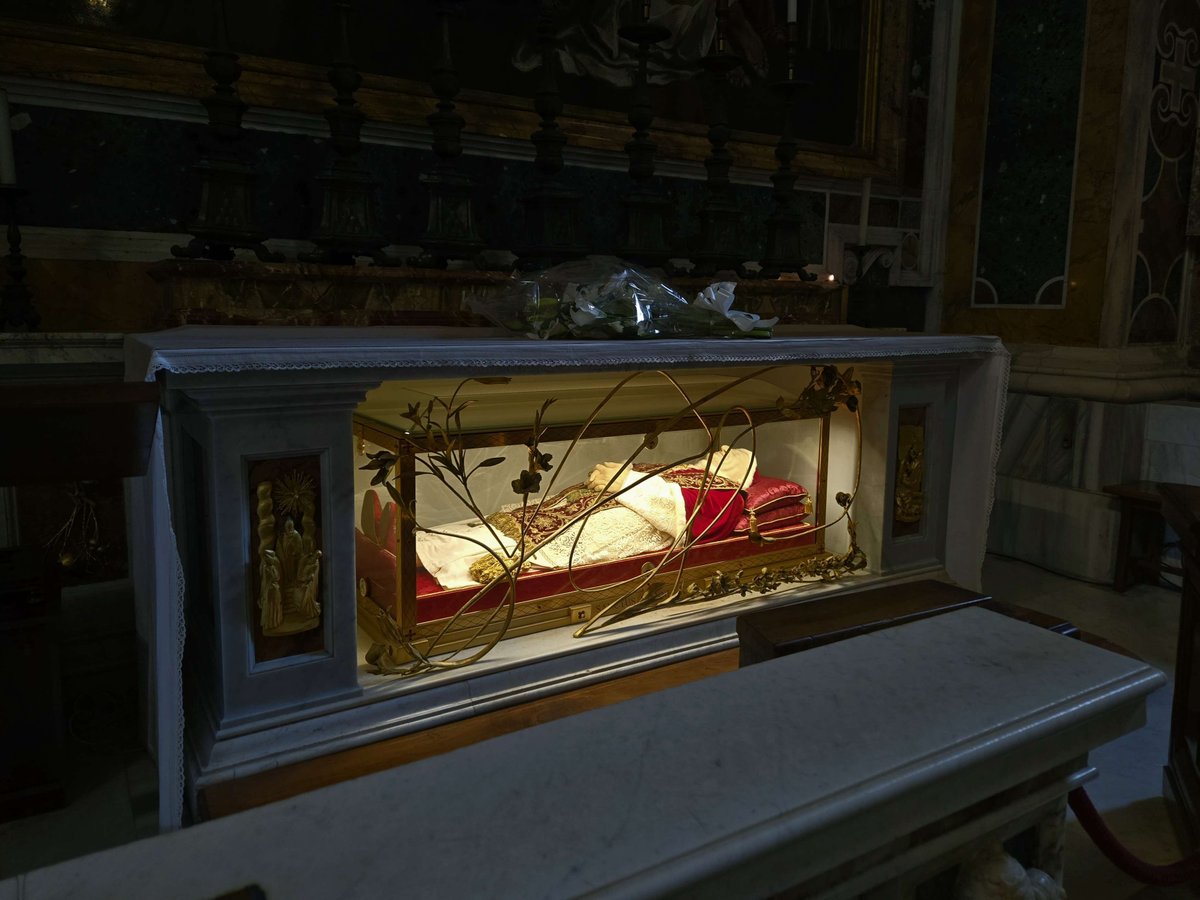
Thank you, Holy Father.
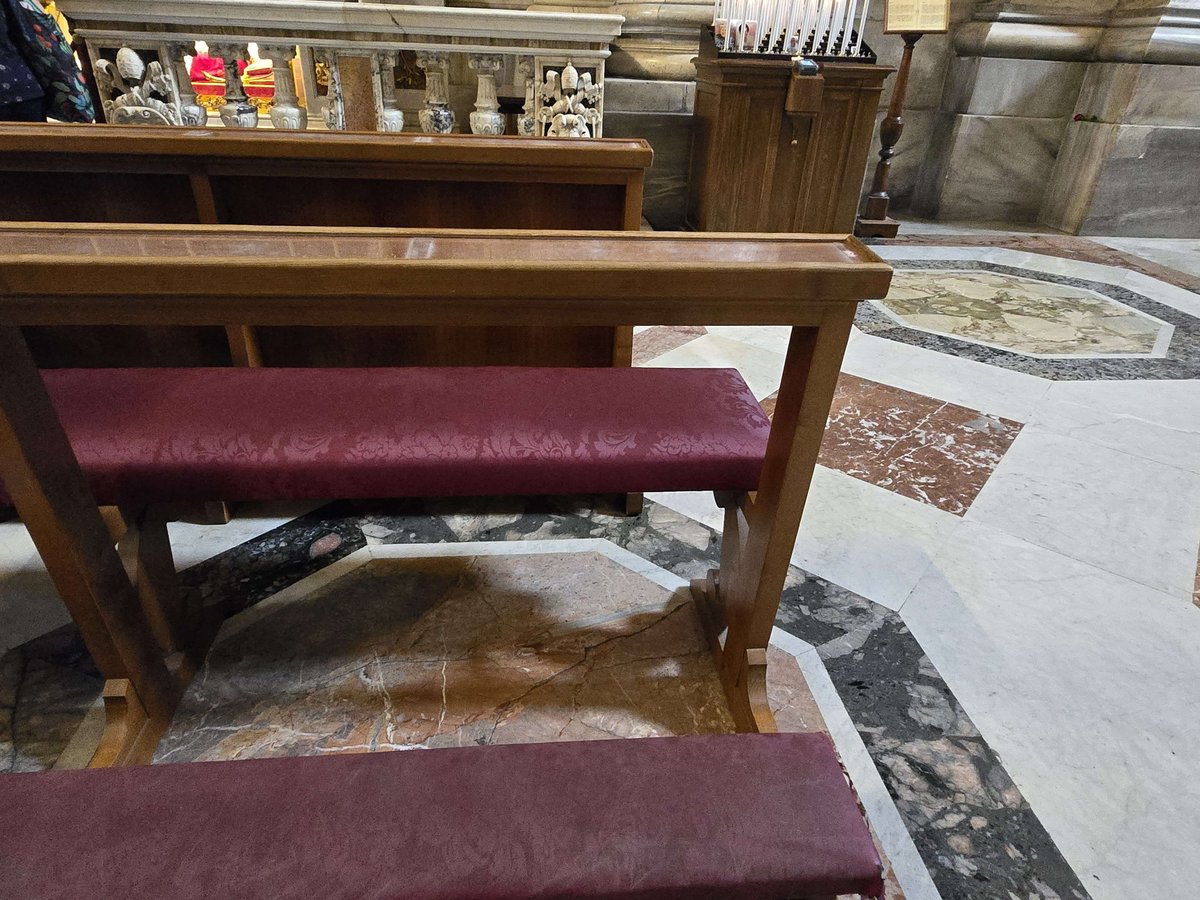
The kneeling benches in the prayer area were ingenious.
When you rest your elbows on the rail ahead, your body naturally folds into a posture of prayer.
So many people kneel here, silently offering their thoughts.
I did too—for Mary. For mother.
Time to go home.
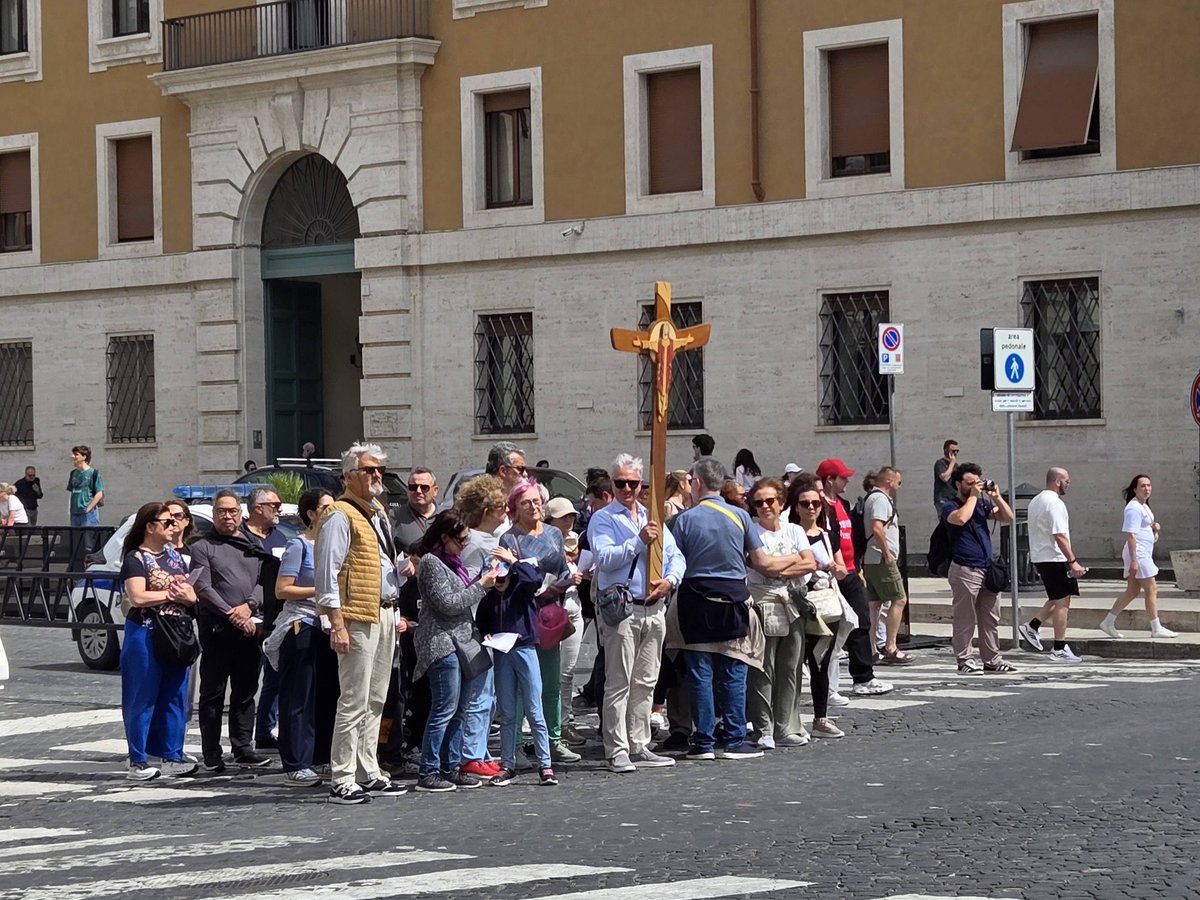
Outside, something crazy was going on.
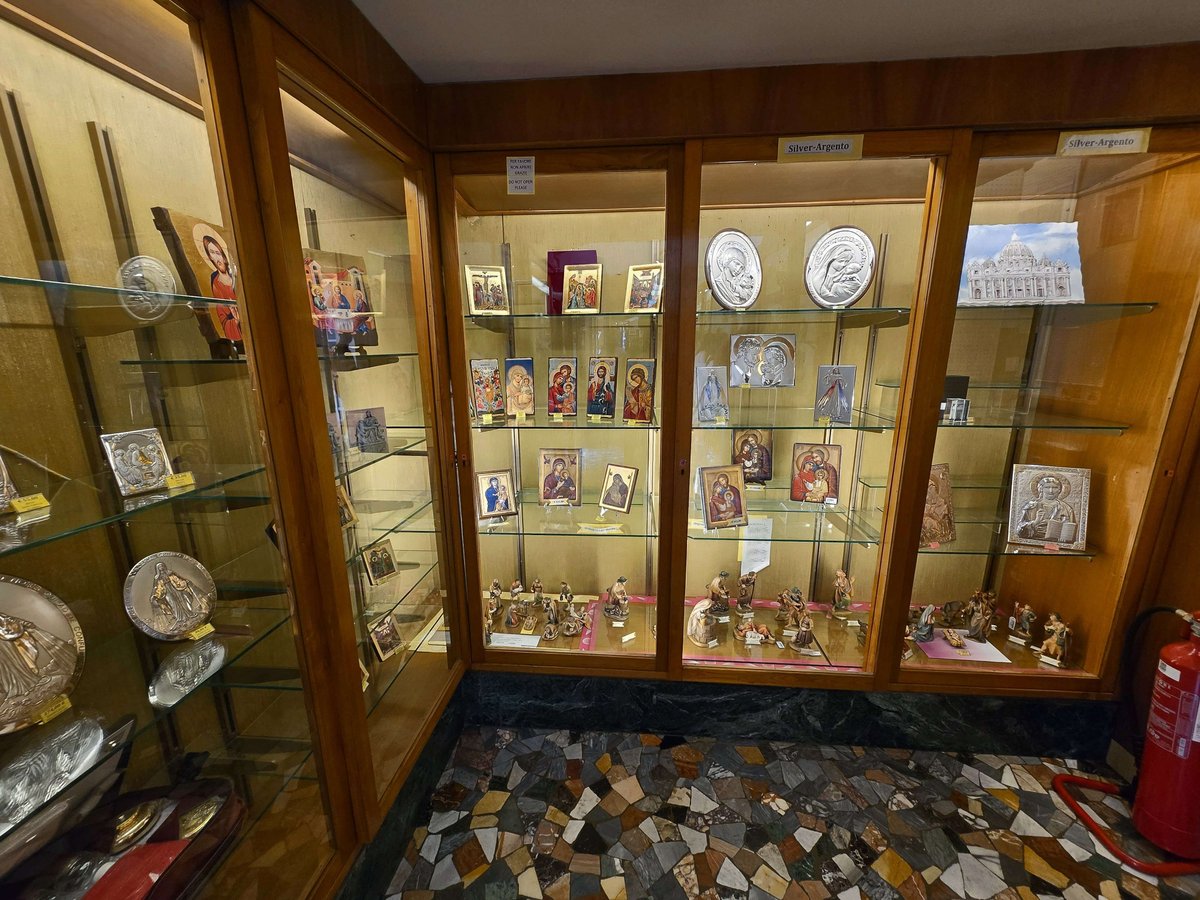
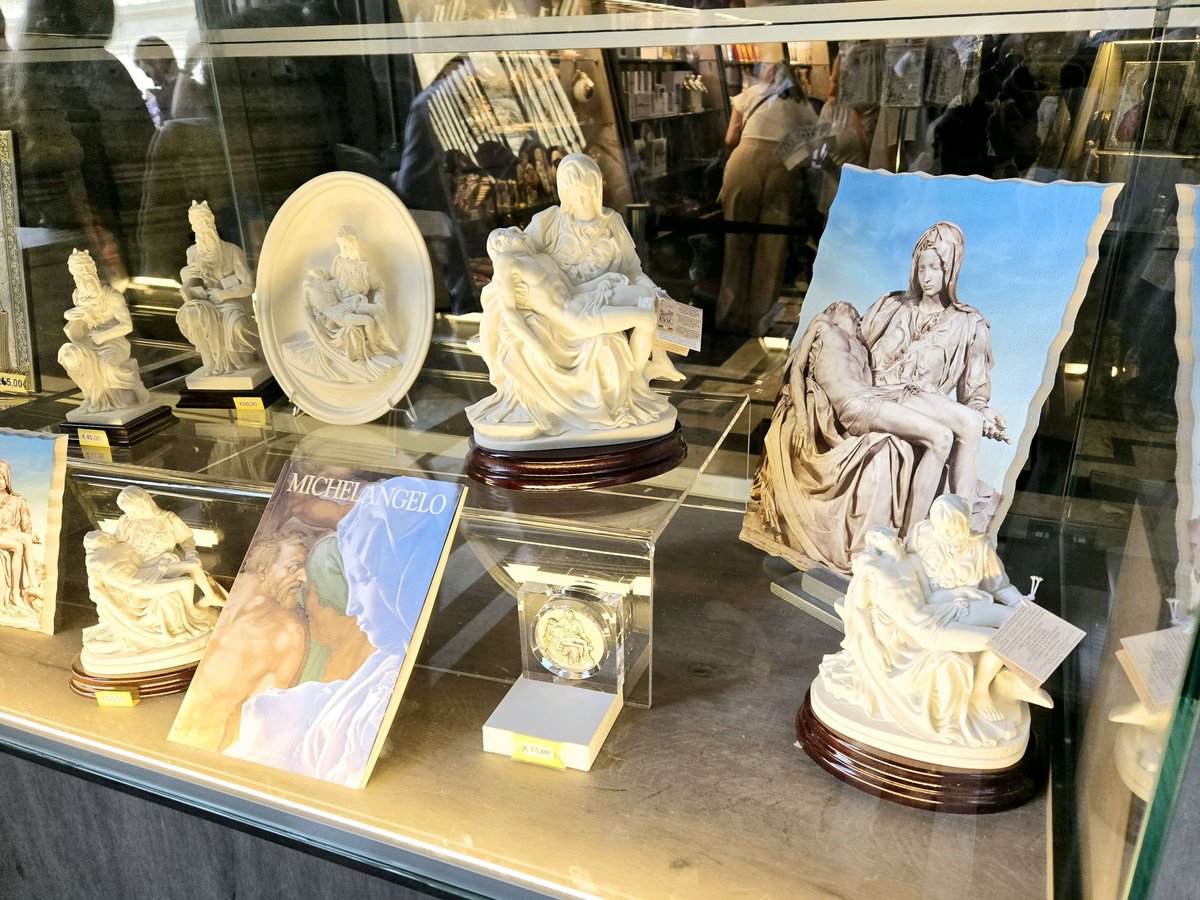
Even in Vatican City, the souvenir shop looked like this.
They were even selling statues of the Pietà everywhere.
I couldn’t help thinking, well, that’s something… — but in the end, I left the basilica feeling that this too was a sign of human resilience.

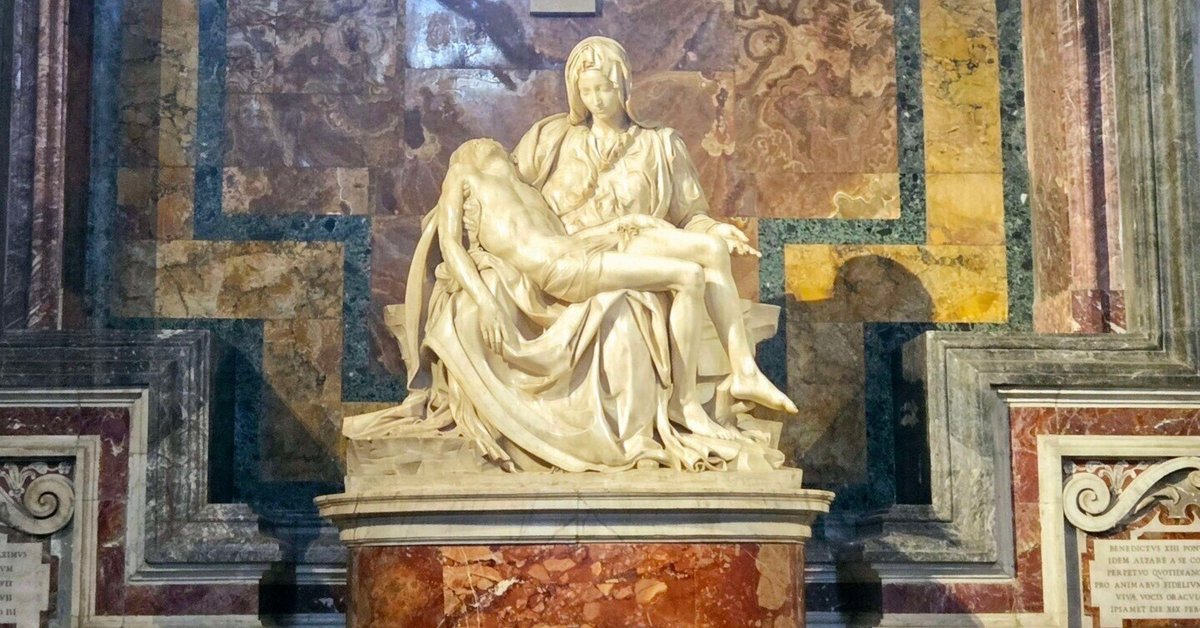

Comments (1)
Leave a comment